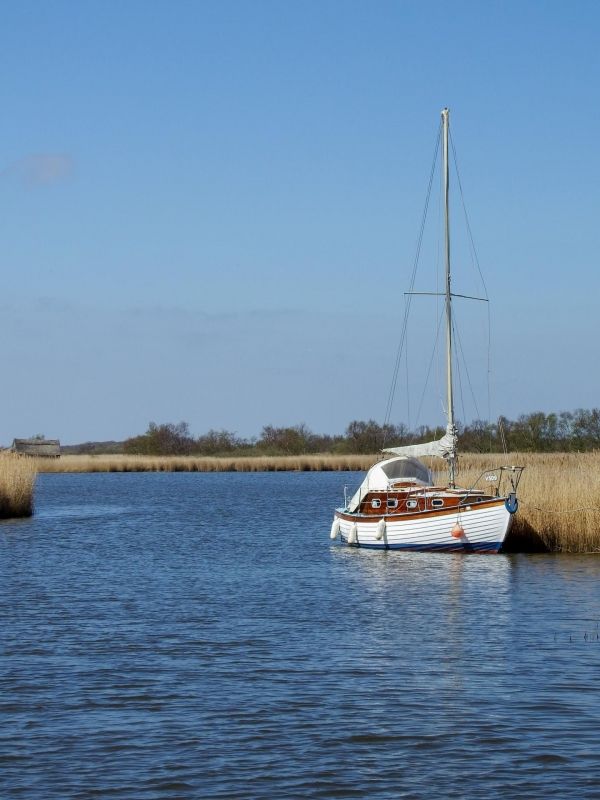A cheap, safe and effective method of dealing with harmful algal blooms is on the verge of being introduced following successful field and lab tests.
Moves to adopt use of hydrogen peroxide (H2O2) as an effective treatment against toxic algae are already underway following the results of new research by a team from the John Innes Centre and the University of East Anglia (UEA.)
Successful trials last summer showed that H2O2 was effective against the golden algae, Prymnesium parvum. This is responsible for millions of fish kills worldwide each year and a threat to the £550m economy of the Broads National Park where trials are taking place.
Now follow up lab tests have demonstrated that controlled doses of the versatile chemical compound could be even more effective in dealing with cyanobacteria commonly known as blue green algae - a major public health hazard and potentially fatal to dogs and livestock.
Some of these exciting results are published today in the journal Biochemical Society Transactions along with a series of other scientific developments related to algal communities in the Broads National Park; one of the UK’s most popular and environmentally important network of waterways.
Read more at John Innes Centre
Image Credit: Dr Martin Rejzek - John Innes Centre


